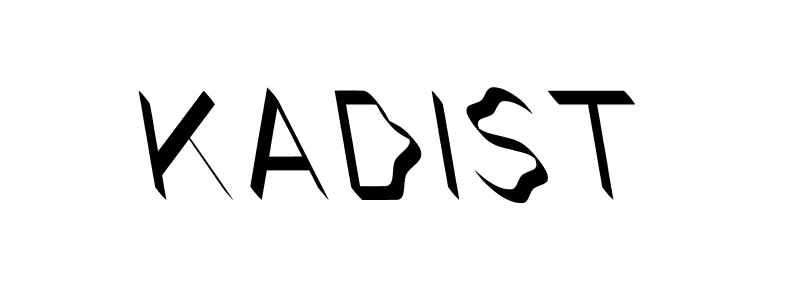The Tower of Babel: Independence of the country
2010 - Photography (Photography)
Du Zhenjun
The Tower of Babel is an installation of large-format photographs that forces the audience to occupy a central position through its monumental scale. These photographs present a series of urban landscapes and assembled Foucauldian structures of the present. Du sees the Tower of Babel as a continually reinvented narrative that warns people of “dangerous tendencies in the present time.” Du’s Babylonian towers resurrect from fallen rubbles of religious history in grand scale to focus on modern crises of civilization. Though the theme began with the struggle of monotheism over linguistic and geographic diversity in early human history, Babel in Du’s work has become a contemporary vision of catastrophic threat to the future of humanity.
Born in 1961, Du was trained as a painter and sculptor at the Institutes of Arts and Trades in Shanghai and the Fine Arts College at the University of Shanghai and garnered M.A. from the Regional School of Fine Arts of Rennes, France in 1999. Despite his classical training, Du became one of the first generation of artists to incorporate digital technologies into art pieces, producing interactive installations and describing digital media to be “a way of working on the dimension of power inherent to a society of information and new technologies.” Du’s works explore themes of “Modern Man” and human tragedy. Specifically, he highlights the ecstasy of human behavior in light of suffering and challenges in conveying what he calls the “universal human condition.”
Colors:
Other related works, blended automatically

© » KADIST
Du Zhenjun
2010The Tower of Babel is an installation of large-format photographs that forces the audience to occupy a central position through its monumental scale...

© » KADIST
Qing Zhang
2006603 Football Field presents a soccer game played inside a small student apartment in Shanghai...

© » KADIST
Piero Golia
2007Golia’s Untitled 3 is an installation in which a mechanical device is programmed to shoot clay pigeons that are thrown up in front of a white wall...

© » KADIST
Qiu Anxiong
2011A Portrait: Covering and Cleaning is an installation of six black-and-white video projections...

© » KADIST
Chen Shaoxiong
2007After engaging primarily with video and photography for more than a decade, Chen turned to painting to explore the issue of urban change and memories—both personal and collective...

© » KADIST
Chen Chieh-Jen
2010Empire’s Borders II – Passage and Empire’s Borders II – Workers are from the three-channel film installation Empire’s Borders II – Western Enterprise, Inc...

© » KADIST
Yang Xinguang
2009Although seemingly unadorned at first glance, Yang Xinguang’s sculptural work Phenomena (2009) employs minimalist aesthetics as a means of gesturing towards the various commonalities and conflicts between civilization and the natural world...

© » KADIST
Lu Chunsheng
2004A mesmerizing experience of a vaguely familiar yet remote world, History of Chemistry I follows a group of men as they wander from somewhere beyond the edge of the sea through a vast landscape to an abandoned steel factory...

© » KADIST
Hank Willis Thomas
2012Bread and Roses takes its name from a phrase famously used on picket signs and immortalized by the poet James Oppenheim in 1911...

© » KADIST
Chen Shaoxiong
2006After engaging primarily with video and photography for more than a decade, Chen turned to painting to explore the issue of urban change and memories—both personal and collective...

© » KADIST
Pak Sheung Chuen
2008Pak created New York Public Library Projects (NYPLP) (2008) during a residency in New York, using public libraries as exhibition spaces and the books they house as raw materials...

© » KADIST
Francis Alÿs
2006This series of small drawings is executed with varying materials—pen, ink, colored pencil, charcoal, and masking tape—on architect’s tracing paper...

© » KADIST
Hank Willis Thomas
2012Intentionally Left Blanc alludes to the technical process of its own (non)production; a procedure known as retro-reflective screen printing in which the image is only fully brought to life through its exposure to flash lighting...







